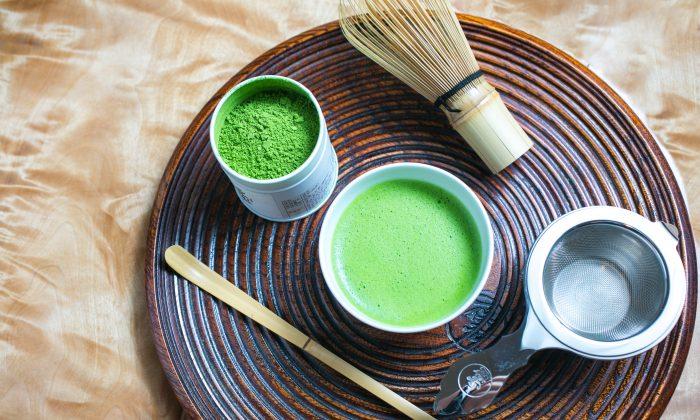The test group participated in a treatment program that included guidance on eating habits, sleep routines, exercise, and relaxation, as well as supplementation with probiotics (healthy microbes for the gut) and phytonutrients (compounds found in plants believed to be beneficial to human health). The control group received no intervention.
3 Cups of Oolong a Day
If this research is correct—and can be replicated in a longer experiment with both male and female participants—it would be smart for anyone interested in living a long healthy life to adopt some of the health habits of the treatment group.Drinking three cups of oolong tea was among the health practices given to the treatment group.
What Is Oolong, Anyway?
Oolong, which means “black dragon” in Chinese, is a tea from China, and it is especially popular in Taiwan. Tea is made from the plant Camellia sinensis. Depending on how the plant is processed, it can become green, white, yellow, oolong, black, or pu’er tea.Green, white, and yellow teas are processed with sun-drying and heating, without oxidizing the leaves.
Black tea, on the other hand, is fully oxidized. This oxidation process happens before the tea leaves are processed.
Oolong tea is only partially oxidized, by between 10 and 70 percent. The partial oxidation is what gives the tea a softer, woodier flavor that is both delicious and light.
Some oolongs are so lightly oxidized that they seem like green tea, albeit more mellow; oolongs that are mostly oxidized have a warm, muted flavor.
Popular Oolong Teas
There are many varieties of oolong. Here are a few examples:Da Hong Pao (Big Red Robe) is from China’s famous Wuyi Mountain.
Tie Guan Yin (Iron Goddess of Mercy) is from Anxi, China, or Muzha, Taiwan.
Gao Shan Cha (High Mountain Tea) is from Alishan, Taiwan.
Health Benefits of Oolong Tea
There are many health benefits to drinking oolong tea daily. In fact, an 11-page review article published in May 2022 in the peer-reviewed journal Food Science and Human Wellness found that oolong teas have antioxidant, anti-inflammatory, anti-cancer, antibiotic, and anti-obesity properties.“In spite of its popularity in Asian countries, studies on health promoting effects of oolong tea and its characteristic compounds ... have attracted limited attention as compared to the knowledge of preventative and therapeutic effects of green and black teas,” the article reads.
Beneficial Compounds
These health benefits are likely due to a spectrum of important compounds in tea called theasinensins. The word “theasinensin” comes from “thea” for tea, and the Latin species name for the tea plant, “sinensis.” Theasinensin A is a natural compound found in oolong tea.Heart Health Benefits?
Oolong tea also contains GABA, another beneficial compound, and theanine. These substances complement the caffeine, so people who drink oolong tend to feel calm, clear-headed alertness instead of the jittery energy that comes with drinking coffee.Realizing the benefits of GABA (and finding a market for GABA-enriched foods in Asia), scientists found a way to multiply the amount of GABA in tea by letting it ferment in nitrogen gas, keeping oxygen out. These teas are produced in Taiwan and Japan and are very popular in both countries.
Oolong All Day Long?
This research may give you the impression that oolong tea is good for you anytime, anywhere, and you should be drinking it all day long.But there are caveats. Try not to drink oolong on an empty stomach. Doing so can make you feel hungry and dizzy, an unpleasant state sometimes called “tea drunk.”
It’s also better not to drink oolong within three or four hours of bedtime. Even with the tea’s calming effects, the caffeine can make you jittery and impede your ability to fall asleep.
Also, for the most delicious and comforting tea-drinking experience, enjoy your oolong while it’s still warm.
It’s easy to read about compounds like GABA and theanine that confer health benefits and want to run to the store to buy a supplement. But the process of enjoying a fresh cup of tea—wrapping your hands around a warm mug, breathing in its woody scent, and taking a first sip—is also part of what reduces stress and increases joy.




